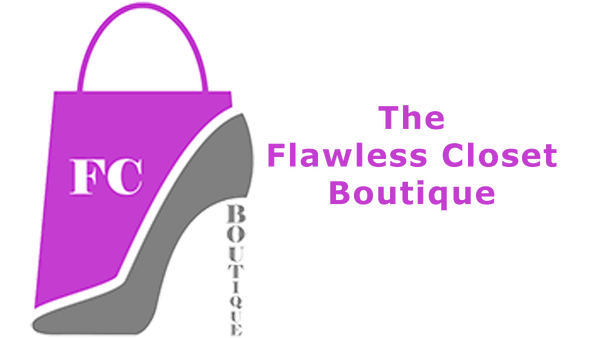
How U.S. Tariffs Are Quietly Shaping Your Fashion Choices and Spending Habits
Share
When we opened this store, we thought we could leave our corporate hats behind and just have fun with something we love. Well, thank goodness for our corporate experience. And maybe, just maybe, we can use that experience to help us, help you navigate this situation we are currently living through relative to tariffs.
Let’s face it—no matter who we are, where we live, or what we do, we all have to wear clothes. Fashion isn’t just about runways and red carpets; it’s about self-expression, functionality. Fashion is truly for the everyday woman, not the Paris runway elites. Have you ever thought about what they do with the items you see on these runways and red carpets? Most of us can’t afford them anyway nor would we have any place to where them. But I digress! These days, in addition to our fashion choices we are navigating a shifting economic landscape. One factor quietly reshaping how we shop is U.S. tariffs, and whether we realize it or not, they’re making a noticeable impact.
Here are five ways tariffs are influencing your wardrobe and the decisions behind it:
1. Clothing Isn’t Optional—But the Costs Are Rising
We can’t opt out of wearing clothes, but we can and often must reconsider where we shop and how much we spend. Tariffs imposed on goods imported from places like China and the European Union have driven up prices on everything from fast fashion to luxury labels. Since many of our everyday items—from jeans to jackets to dresses to blouses—are manufactured overseas, these tariffs hit the average consumer in a very real way.
2. Small Businesses Are Feeling the Pinch
Boutiques and independent retailers often rely on high-quality, small-batch imports to stock their shelves. With increased tariffs, these small businesses are forced to either raise prices or shrink their offerings. That can mean fewer choices for shoppers—and harder decisions for owners trying to stay afloat. Unlike large corporations, small shops don’t have the luxury of negotiating lower production costs or absorbing tariff-related expenses. The ripple effect? Less variety and potential higher prices at your favorite local fashion destinations.
3. Resale Isn't Always the Bargain You Think It Is
While secondhand and resale shopping has become more popular, there’s a hidden truth: many resale chains are charging just as much—or more—than local small boutiques, despite relying heavily on donated clothing.
Consumers often assume they’re getting a deal, but a closer look reveals they may be paying a premium for used clothing, when similar or better pricing can be found at small retailers offering brand-new items with better quality control and service.
4. Tariffs Can Limit Fashion Diversity
When import costs rise, many retailers—especially large chains—cut back on variety to focus on what sells the fastest. That means less diversity in styles, fits, fabrics, and sizing. Smaller or niche brands may stop exporting altogether due to added expenses, making it harder for U.S. shoppers to access unique or culturally specific fashion pieces.
What does that mean for you? Fewer one-of-a-kind finds and more of the same fast fashion on every rack. Supporting boutiques that curate distinct styles becomes even more important in keeping fashion fresh, expressive and inclusive.
5. Price Sensitivity Can Lead to Compromised Quality
When shoppers feel the pinch from higher prices, there's often a shift toward buying cheaper, lower-quality alternatives. But these items typically don’t last, leading to more frequent repurchasing and more waste. It’s a cycle that hurts both your budget and the environment.
Investing in fewer, higher-quality pieces—even if they cost a bit more upfront—can actually save money over time. Local small boutiques often carry curated collections built to last, offering a better return on investment than fast fashion or overpriced resale finds.
So, What Can You Do?
- Support Local Boutiques: Many offer comparable or even better value than resale chains, with the added benefit of new items and personalized service.
- Shop Smart: Look for pieces made in the U.S. or countries with lower tariff impacts when possible.
- Be an informed shopper: Pay attention to where items are made, how they’re constructed, and what kind of value you're really getting—not just the sticker price. Being mindful helps you make purchases that align with your budget and your values
At the end of the day, your fashion choices are more than a personal style statement—they’re part of a broader economic system. By being aware of how tariffs affect your options, you can make informed decisions that support both your wallet and your values and budget.
Stay Flawless and informed.
The Flawless Closet
